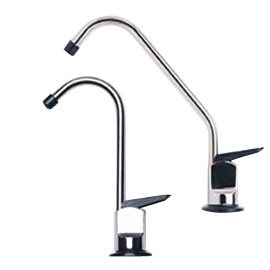
Everyone wants the water they drink at home to be safe and clean. Unfortunately, contaminants such as coliform bacteria can sometimes make their way into your water. In fact, this particular type of bacteria is one of the most common contaminants found in water supplies. Understanding what these contaminants are and how to address them is essential for maintaining safe, clean drinking water for your family. Here’s what you need to know:
What Are Coliform Bacteria?
Coliform bacteria are a group of microorganisms naturally found in the environment, including in soil, plants, and animal waste. While most types of coliform are harmless, their presence in your water can signal a much larger problem. Testing for coliform bacteria acts as an indicator that your water system might be vulnerable to contamination from harmful pathogens. The presence of coliform bacteria doesn’t necessarily mean your water is unsafe, but it can indicate that your water source needs further investigation.
How Does Coliform Get into Drinking Water?
Coliform bacteria can enter your water through several pathways:
- Surface Runoff: Heavy rain or flooding can carry bacteria from soil or animal waste into wells or other water sources.
- Well Damage: A cracked or improperly sealed well can allow contaminants, including coliform bacteria, to seep in.
- Septic Systems: If a septic system is located too close to your well, it can leak bacteria into the groundwater.
Why Is Coliform a Concern?
While the presence of coliform isn’t the issue itself, it’s certainly a red flag. If coliform is detected, it might indicate that other harmful bacteria like E. coli or pathogens could also be present. Consuming water contaminated with these bacteria can lead to gastrointestinal illness, infections, and other health risks.
What Can You Do About Coliform in Your Water?
First things first: test your water. Regular testing of you water is the first step in identifying coliform bacteria and any associated risks. A water test will help determine the level of contamination and the appropriate next steps. If the test determines there’s a high level of coliform, the next step should be shock chlorination. This will involve adding a strong chlorine solution to your well to kill bacteria and disinfect the system. It’s a common and effective method for removing coliform.
If the cause of the contamination is structural damage, repairs or sealing the well properly can prevent bacteria from entering. Meanwhile, long-term solutions like UV filtration and advanced water treatment system can ensure your water stays bacteria-free.
Here at Northeast Water Wells Inc., we specialize in testing and remediation to keep your drinking water safe. Whether it’s regular testing or a tailored solution for your well, we’re here to help. Don’t wait to address potential contamination – your health and peace of mind are too important! Contact us today to learn more about our testing services!

Recent Comments